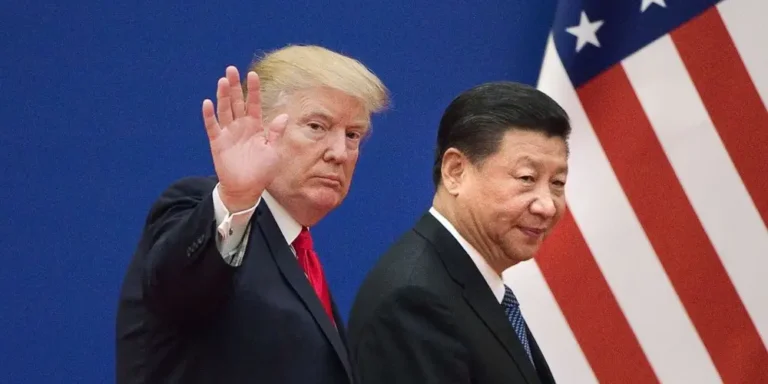As key deadline looms, Schonfeld employees remain in the dark about the hedge fund’s future

- Schonfeld execs updated employees on its capital-raising effort, only to say there is no update.
- The firm is still weighing a deal with larger industry rival Millennium and other investors.
- Thursday is the withdrawal notice deadline for many of the fund’s share classes.
When senior executives at Schonfeld Strategic Advisors met with groups of employees late last week, some of the employees expected to finally get some clarity about the firm’s future direction.
They were most likely let down. According to two people familiar with the talks, there is no update — at least not on the much-touted tie-up between Schonfeld and its much larger rival, $60 billion Millennium Management.
According to these sources, CEO Ryan Tolkin and firm president Andrew Fishman met with various teams late last week, including staff in technology, operations, and accounting. The men updated the teams on investment performance (October was a good month) as well as more mundane company issues. Concerning the Izzy Englander-sized elephant in the room, executives stated that discussions are ongoing and that the two paths the company has been exploring remain viable — a deal with Millennium or a deal with one or more strategic investors.
A spokesperson for Schonfeld declined to comment.
Meanwhile, the fund faces a critical deadline: November 16, which is the deadline for redemptions in many of Schonfeld’s share classes, according to people familiar with the matter. The largest share class in the flagship Strategic Partners fund, for example, has monthly liquidity, while the next largest share classes have a mix of quarterly and annual withdrawal terms. Each of these share classes has a 45-day withdrawal notice, causing a “redemption eclipse,” as one industry insider described it, in mid-November.
Whether investors will withdraw significant capital or remain committed to the company will not be clear until 5 p.m. Thursday.
Schonfeld, whose assets were valued at $11.7 billion in October, has had two years of subpar returns following a period of rapid growth. Investor assets have dropped $2.6 billion since their peak in late 2022, and management has been working for months to secure longer-term capital. Approximately half of Schonfeld’s capital, or $6 billion, is committed through 2024.
Schonfeld management was courting several institutional investors, and the Financial Times reported in early October that Millennium had entered the fray. A paparazzi-style photo of CEO Ryan Tolkin, Millennium founder Izzy Englander, and Millennium co-chief investment officer Justin Gmelich eating lunch at The Grill in the Seagram Building was making the rounds in hedge fund circles last month, as Insider reported.
As Schonfeld employees, hedge fund recruiters, and rival managers try to figure out what a potential tie-up might mean for them, conspiracy theories and rumors about the scope of a potential deal have continued to fly internally and externally.
Employees are worried, according to company insiders and people familiar with their thoughts. Some people have been dusting off their resumes for good reason. According to industry experts, the investors have leverage and would likely require assurances of change at the firm. There would be redundancies if there was a tie-up with Millennium, particularly in corporate and back-office roles. Millennium’s corporate roster is littered with experienced, respected hires, many of whom have previously worked at Goldman Sachs.
If the fund’s fundraising falls through and a wave of redemptions hits, it may have to cut back even more to accommodate a smaller capital base and regroup, similar to what multi-strat rival Balyasny had to do years ago when its teams were — in the words of its founder and Schonfeld alum Dmitry Balyasny — “getting our butts kicked.” After laying off 20% of its employees in 2018, the company has since recovered.
Schonfeld still has teams that are producing strong returns, and some insiders believe that retrenching and narrowing the firm’s focus would result in dramatically improved performance.






